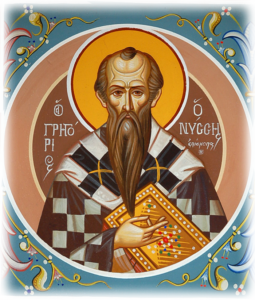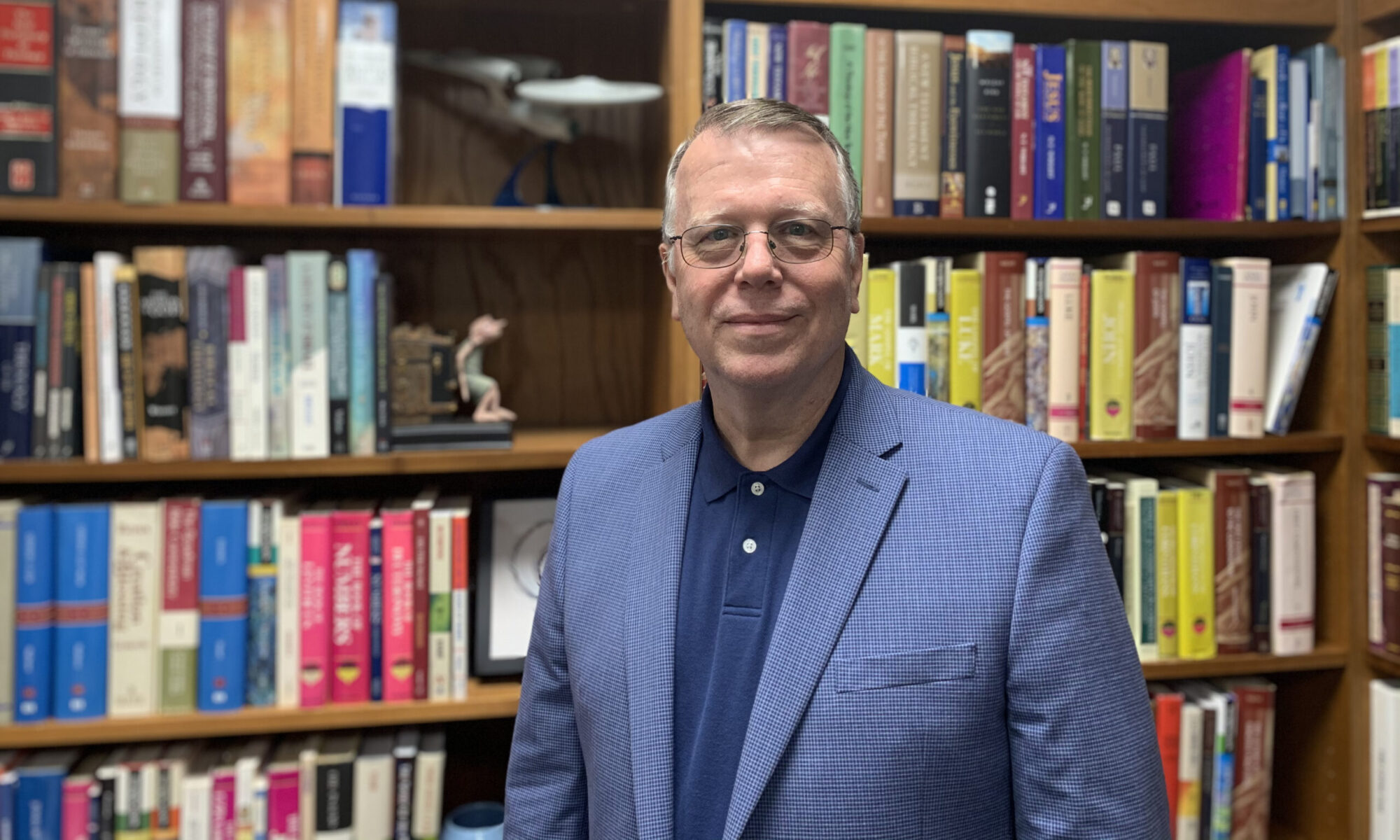One might be tempted to think that messages targeted for the catechesis of new believers would be simple – reflecting the milk of babes. One would be wrong! In reading Gregory of Nyssa’s messages, it is evident that his messages are more than a child-like apologetic for the faith. Rather, he intends that his readers be intellectually challenged and transformed. Reading these messages requires one to be engaged in the meat of the word – the mysteries of Christian revelation. Gregory writes in a rhetorical fashion in which he anticipates the questions and objections of his readers.

Gregory’s approach is to challenge contextual presuppositions of the Hellenistic and Jewish worlds. This does not mean that he has two gospels, but that the one orthodox Gospel, framed by revelation of the economic Trinity, challenges the misconceptions of his Jewish and Hellenistic audience. He has a singular theological trajectory, that is, to bring Jews and Greeks to embrace the mystery of the one true God (ousia) revealed as Father, Son, and Holy Spirit (three hypostases). In so doing, he also presents a provocative soteriology.
A contemporary and popular expression of the Christian faith diminishes the role of doctrine and collapses the message of the Trinity into the person of Jesus. An example of this popular theology is the song “It’s all about Jesus” by Planetshakers in which there is no mention of Father or Spirit. Various forms of this Jesus-centric popular theology proliferate throughout Evangelicalism and Pentecostalism (maybe even emphasized in the Christo-centric “Five-fold Gospel”). This expression of the Christian faith is rejected by Gregory. His catechetical preaching begins with an apology for the Holy Trinity in which he goes into great detail offering explanations on how the Word and Spirit have their hypostasis from the Father in such a way that both monotheism and monarchy are maintained (2.3.2-3). He ends his message by declaring that those who are “begotten (born again) by the Trinity [are] equally begotten by the Father, and the Son, and the Holy Spirit” (39.3).
A challenge even greater than understanding the mystery of Holy Trinity is the Incarnation (5.1). The union of uncreated and immutable deity with the created and mutable nature of humanity is unbelievable to both Jew and Greek. Humans were created in the divine Image “exalted in dignity, empowered through the divine blessing… appointed to reign … delighting in the presence” of God (6.10). However, by “a movement of freewill [humanity] gained fellowship with evil” (8.3). In the Incarnation, the Word takes upon himself the nature of humanity, but the divine nature is not corrupted by human passion (vice). The divine healer touches human sin and disease, but is not corrupted by it (16.2). Gregory finds proof of the Incarnation in the activities (miracles) of Christ, with priority given to the virginal conception and resurrection. The great miracle of the Christian message is the Incarnation – the omnipotent Word assuming the humiliation of humanity (24.2). Even if the Incarnation is incomprehensible, the divine motive is not – God loves humanity (15.2). Humanity is sick, and the Incarnate Christ is the divine healer (15.3). It is here that Gregory’s soteriology becomes controversial.
First, Gregory declares that the Incarnate Word is offered as a ransom that satisfies divine justice. Humanity has sold itself in slavery to the devil, and Christ is the ransom God offers to redeem humanity (22.2). The omnipotent Word was veiled in human flesh as bait for a “greedy fish” (the devil), so that in the humiliation of the Word the devil’s works are destroyed (24.4). The Word has embraced the human experience of death, burial, and hades and by his resurrection the domain of the devil has been razed. God’s justice is not satisfied by paying a ransom to the devil, but by destroying the domain of the devil.
Second, Gregory seems to suggest that through the Incarnation, all creation will be restored (apokatastasis) to the ancient state of perfection, including those who are saved through being “chastised in purification” (26.8). Since “all things are the works of the living and subsisting Word” (1.9), likewise all things are healed by his resurrection. Even so, Gregory insists that the restoration (apokatastasis) of humanity is effected through the grace of water baptism (35.12-13). Yes, the Incarnation of the Word effects the healing of creation unto New Creation; and yes, the Incarnation makes possible the deification of humanity. But, deification is the salvific goal only for those who have confessed the faith of the church and have been baptized in the name of the Holy Trinity. Gregory ends his message with a warning of eternal judgement based upon one’s freewill (40.7-8).
Gregory’s final messages discuss the role of water baptism and the Eucharist in salvation. He suggests that the “wetness” of biological conception and birth corresponds to the baptismal waters of regeneration (32.2). The waters of baptism sanctify the believer because of the divine presence that is invoked in prayers to the Holy Trinity and being baptized in the name of the Father, Son, and Holy Spirit (32.2-4). The triple immersion of baptism imitates the “three-day grace of resurrection” (35.1, 5). Water baptism is participation in the death of Christ and “rehearsal” for resurrection (35.12). Also, baptism effects the moral transformation of humanity. A baptism in which “the soul has not expunged the stains of the passions” does not reflect reception of the Holy Spirit (40.3)
Following the ancient tradition first found in the apostolic father, Ignatius, Gregory says that the Eucharist is an antidote for the poison of sin (37.2). The bread and wine of the Eucharist are “remade into the body of the Word of God” (37.9-11). Just as the eternal and uncreated Word was made flesh, likewise the Word is made bread and wine. By consuming the Eucharistic meal, humans are partakers of the immortal and incorruptible nature of God and are “deified by communion with the divinity” (37.12).
Gregory presents a “full gospel” that embraces Trinitarian orthodoxy, sacramental orthopraxy, and experiential orthopathy. That is, his gospel is that humanity is saved through the revelation of the Father, Son, and Holy Spirit; humanity is holistically formed and ultimately deified through the sacramental grace of water baptism and the Eucharist; and human affections are transformed to reflect the moral holiness of God.
